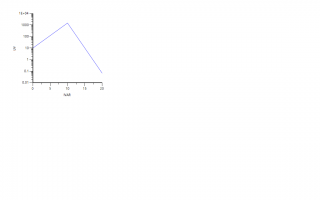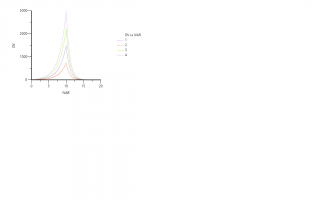Hi Everyone,
I am trying to code a self-define model structure with ifelse statements in Phoenix nlme for a pop Pk model.
I would like to have a statement like this:
t_0=10
Ac_0=y0
if t < Tin
ddt_Ac = k * Ac - kel * Ac
else
ddt_Ac = - kel * Ac
Q1: Ac is target PK concentration, starting at day 10, and initial value should be fixed as a regression variable with subject ID which could be read from inputs.
How should I code to define start time and its subject dependent initial value?
k, kel and Tin are parameters needed to be fitted.
Q2: How to code if else statement with a uncertain condition (Tin needs to be fitted)?
I wrote a partial code for this model structure, please give me some suggestions for these two questions.
test(){
covariate(Time)
stparm (Ac = Time=10? Ac=y0)
stparm(Dev = Time<Tin ? k*Ac-kel*Ac: -kel*Ac)
deriv(Ac = Dev)
error(AcEps = 1)
observe(AcObs(Time) = Ac+ AcEps )
fixef(tvTin= c(,1,))
fixef(tvk = c(, 1, ))
fixef(tvkel = c(, 1, ))
stparm(Tin = tvTin * exp(nTin))
stparm(kel = tvkel * exp(nkel))
stparm(k = tvk* exp(nk))
ranef(diag(nTin, nk, nkel) = c(1, 1, 1))
}
Best,
Linda















